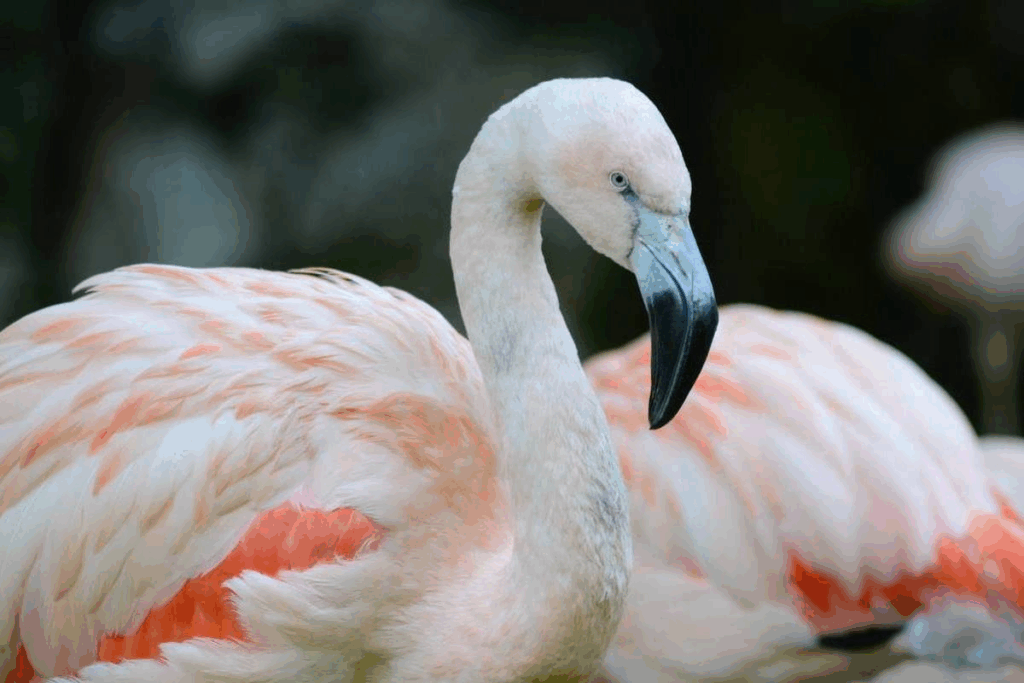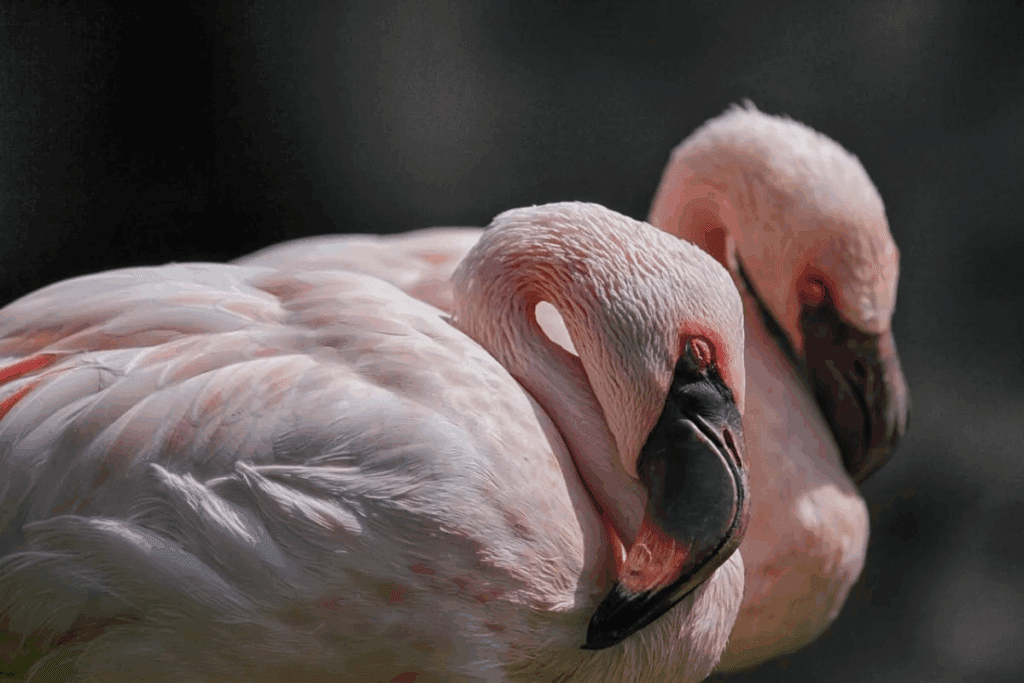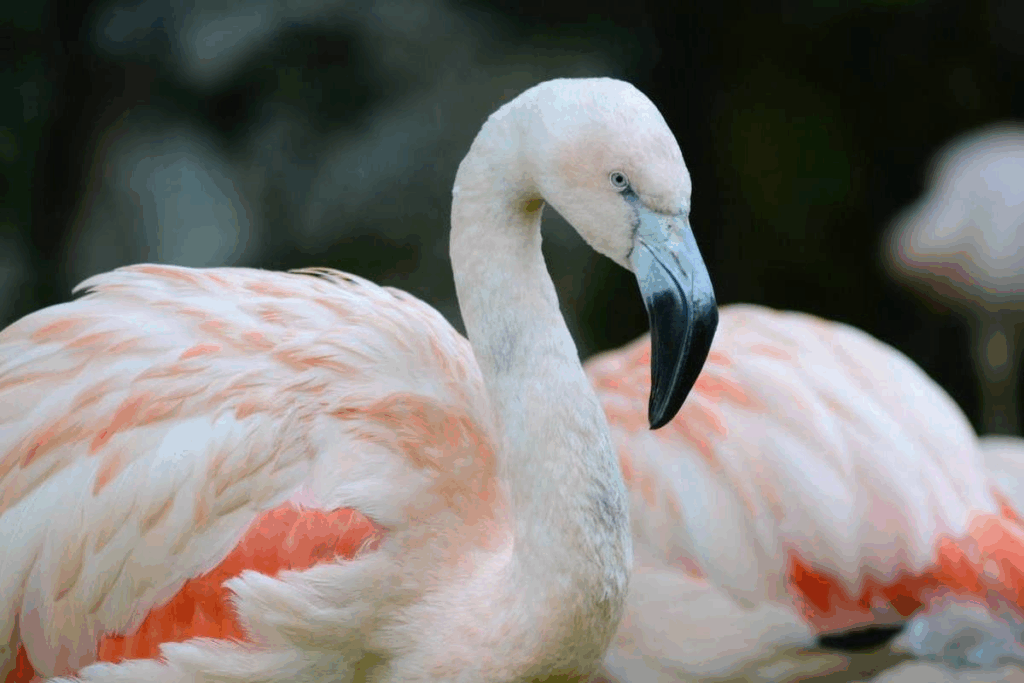Last Updated on November 20, 2025 by

Flamingos sleep balanced on one leg, a behaviour that has puzzled many. Recent studies have uncovered the reason behind this. Their body structure allows for a passive gravitational stay apparatus. This reduces muscle fatigue and saves energy.
Humans also have unique sleep positions, like the mountain climber position. These can show if we’re stressed or anxious.
Research links certain sleep positions to stress levels. For more on this, check out our article on stress and sleep positions. It can help us understand our health better. The mountain climber sleeping position can reveal surprising secrets. Our guide explains what this posture means for your health and personality.
Research into flamingo sleep habits shows a mix of anatomy and behaviour. Flamingos sleep standing on one leg, a posture that scientists find very interesting. It gives us clues about bird physiology and balance.
Flamingos can sleep standing on one leg, a skill that is both fascinating and complex. This ability is not just about balance. It involves a mix of anatomy, physiology, and behaviour that lets these birds rest while staying alert.
The one-legged sleep stance of flamingos is due to a unique trait called “passive resting.” When flamingos stand on one leg, they can lock their joints, resting while using little muscle effort. This is thanks to a special system where bones, muscles, and tendons work together to keep balance without constant muscle use.
Cadaver studies have shown that flamingos can balance in this posture without any muscle activity, showing how efficient their body structure is. Also, research found that flamingos sway much less when asleep on one leg than when awake. This shows how stable this sleep position is.

The one-legged sleep stance is more than just a quirk of flamingos. It shows their amazing adaptability and the science behind their sleep. Learning about this part of flamingo biology helps us understand their unique physiology. It also gives us insights into bird sleep patterns and stress positions.
Flamingos sleep on one leg for many reasons. This unique behaviour is fascinating and offers several benefits. These benefits are key to their survival.

Flamingos sleep on one leg to save energy. This reduces the effort needed to stand, helping them avoid fatigue. Saving energy is vital for their health.
Flamingos’ special anatomy lets them lock their joints. This allows them to rest while standing on one leg. This muscular efficiency helps them recover from the day’s activities.
Sleeping on one leg improves flamingos’ balance and stability. They tuck the other leg under their body, lowering their center of gravity. This makes it easier to stay balanced while asleep.
This balance is key to preventing falls and injuries. Their ability to stay stable while resting shows their amazing adaptability.
The one-legged sleep position also reduces postural sway. Flamingos adjust their posture to rest more soundly. This makes their sleep more stable.
This stability comes from their ability to lock their joints. It provides a stable base that doesn’t need constant adjustment.
Flamingos’ anatomy is designed for one-legged resting. Their legs support their weight with little effort.
This anatomical advantage is a key reason they can sleep on one leg. It shows how their form supports their function.
In conclusion, flamingos’ one-legged sleep position has many benefits. These include saving energy, better balance, less postural sway, and anatomical advantages. These factors show why flamingos sleep on one leg, highlighting their unique adaptations.
The mountain climber sleeping position is unique and has both benefits and drawbacks. It involves lying on your stomach with your legs up. This can affect your health in different ways.

This sleep position means lying on your belly with your legs up towards your chest. It’s like the fetal position, but on your stomach. It shows stress or tension because it requires muscle effort to hold.
Some studies say this sleep position can help your back and spine. Elevating your legs might reduce spine pressure. This is good for people with some spinal issues. But everyone’s comfort and health are different.
“Sleeping on the stomach can be beneficial for some back conditions, but it requires careful consideration of the overall posture to avoid discomfort or pain.”
Despite the benefits, this sleep position can cause back and neck pain. The neck strain from turning your head can be big. It might not work for everyone, like those with health issues or physical limitations.
People with anxiety or stress might sleep in this position. For some, it feels secure or comforting. But it’s important to watch how your body reacts to avoid pain or discomfort.
Looking at the mountain climber sleeping position, its effects are different for everyone. Knowing its good and bad sides helps us decide if it’s right for us.
Sleep positions can greatly affect our health and happiness. Sleeping on the side can help reduce anxiety and stress. This makes it a great choice for those who struggle with these issues.
Finding the right sleep position can take some time. Some people might enjoy a funny sleep position. Others might need to try different poses to find what works best for them.
To improve your health, focus on your sleep position. Making changes can help you sleep better. This way, you’ll wake up feeling refreshed and ready to go.
Flamingos sleep on one leg to save energy and stay balanced. Humans have a similar position, called the mountain climber sleep position. This is when people sleep on their stomachs with their legs bent and lifted.
Flamingos sleep on one leg to save energy and stay balanced. This position also helps them balance better and be ready to respond to threats.
The mountain climber sleep position is when people sleep on their stomach with legs bent and lifted. It has both good and bad effects on the body. Whether it’s good for you depends on your back and spine health.
There’s not much research on the mountain climber sleep position and stress. But sleeping comfortably can help your overall well-being. It might help reduce stress and anxiety.
People with back or spine problems should be careful or avoid the mountain climber position. Always talk to a doctor to find the best sleep position for you.
Try different sleep positions to find what works best for you. Think about your back, comfort, and what you like. To sleep better, keep a regular sleep schedule, make your bedroom sleep-friendly, and relax before bed.
The flamingo sleep position is not a stress position. It’s a way for flamingos to save energy and balance. Humans might sleep in certain ways due to stress, like the fetal position, as a way to cope.
Sleeping on your belly with legs up, or the mountain climber position, can be good or bad for your health. It depends on you. Be aware of the pros and cons and adjust your sleep position as needed.
Subscribe to our e-newsletter to stay informed about the latest innovations in the world of health and exclusive offers!